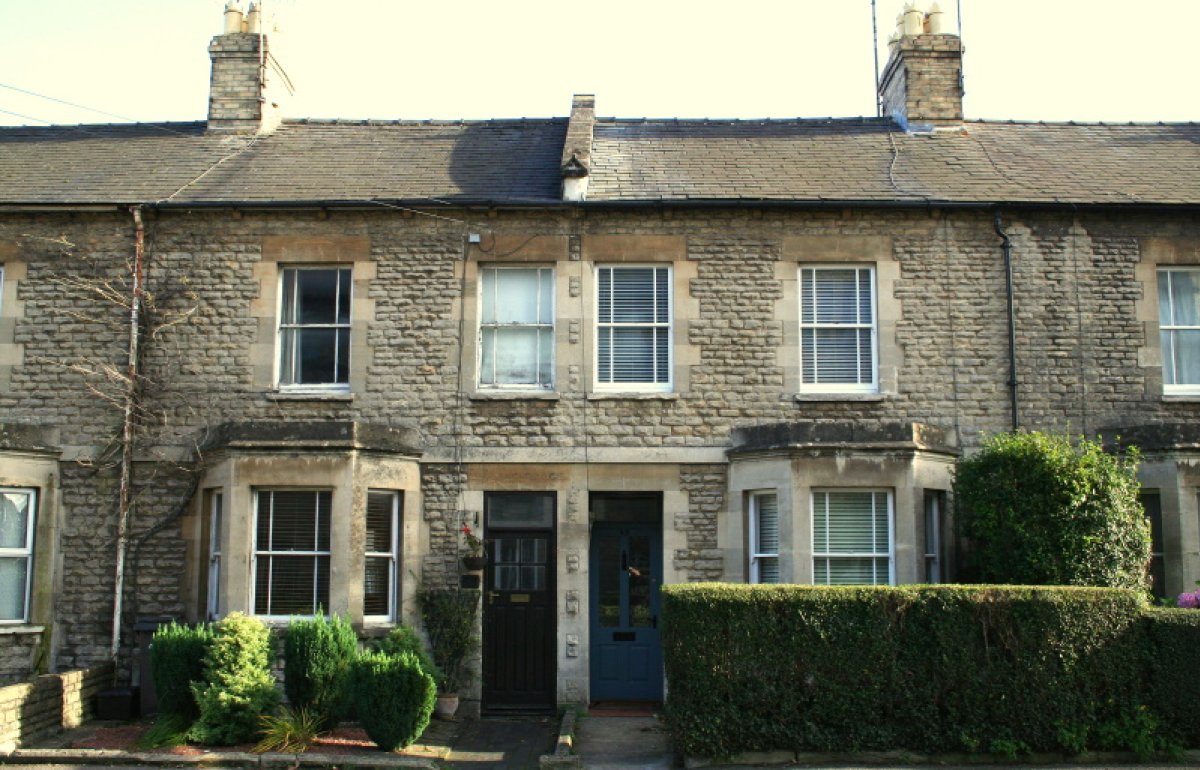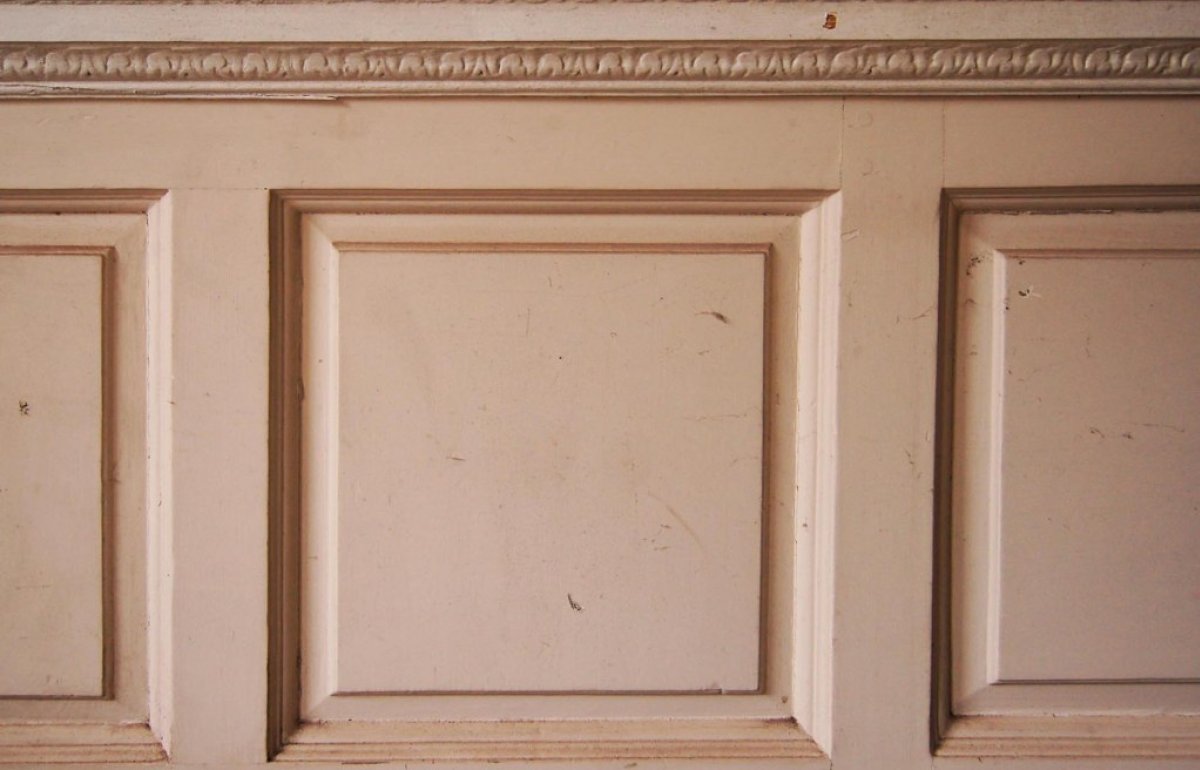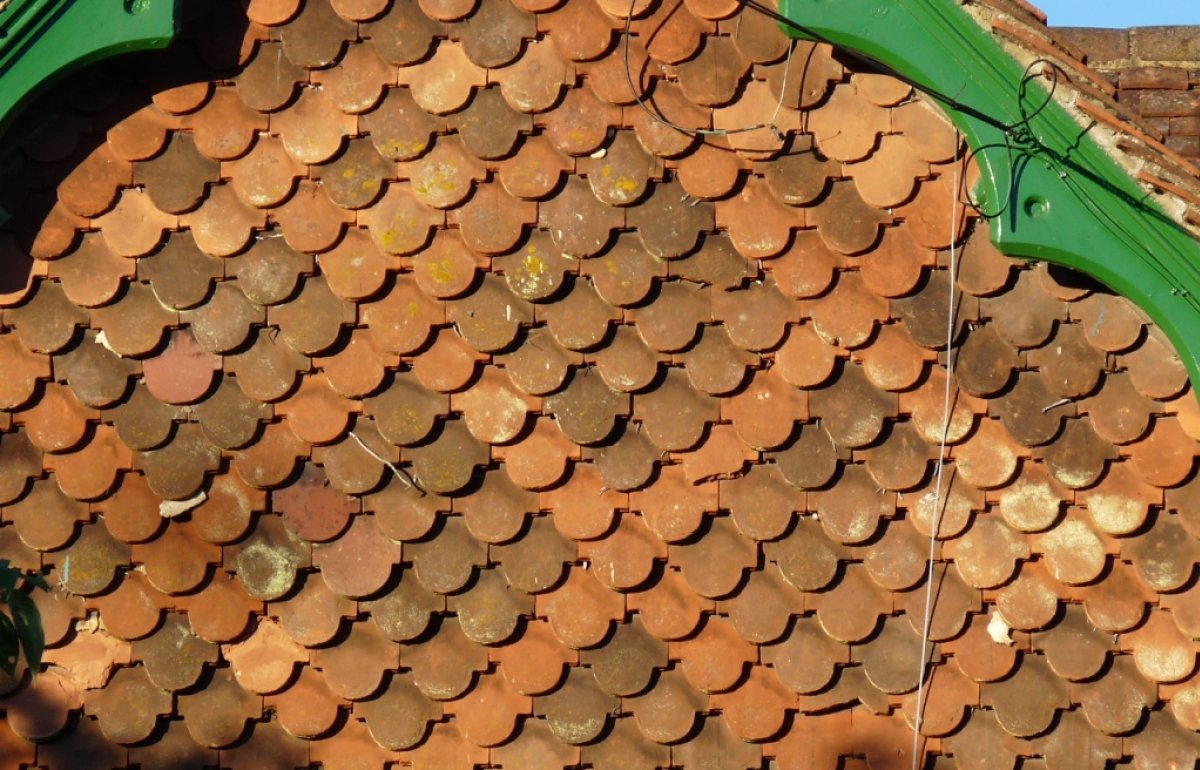Stone walls
Solid, secure, unchanging? The permanence of old stone can be deceptive. Even one of the toughest of traditional building materials needs monitoring, maintenance and, at times, sensitive repairs.
What should I do with the deteriorating stonework on my old building?
It is essential to establish the cause of deterioration and keep any remedial work to the minimum necessary. This will help ensure its effectiveness and, by restricting the loss of historic fabric, retain the authenticity of the building.
Gently eroded surfaces should generally be accepted and are frequently attractive. Where deterioration is more serious, some form of conservative repair, protective measure or limited replacement might be considered. Only in exceptional circumstances will stonework need extensive replacement or rebuilding.
Work should be preceded by a detailed survey and, if necessary, monitoring and laboratory analysis.
What could the cause of deterioration to stonework be?
The deterioration of stonework is often water-related but its exact nature, like any treatment required, generally varies according to the stone type. Problems include:
- Serious decay of mortar joints and stones, because of, for example, salt crystallisation, attack by acidic rainfall or frost action.
- Cracking or distortion of stonework for reasons such as rotten timber lintels over windows and doors, tree root activity, or, in smooth-faced and square ‘ashlar’, the corrosion and expansion (‘rust-jacking’) of embedded iron cramps.
- Staining arising from, for instance, the effects of tarry pollutants, run-off from limestone onto another limestone or sandstone, or rusting of cast iron rainwater fittings or metal window bars.
What might the repair of stonework entail?
In some cases, only minor repointing of eroded joints or rebedding of loose stones will be required (using lime or, sometimes, earth-based mortar) after any measures to keep the walls drier or arrest structural movement (beyond the scope of this article).
Work to address decay of the stones themselves can entail the filling of cavities by a skilled mason or conservator using coloured mortar (‘dentistry’ repairs), reinforced with non-ferrous armatures for deeper patches, or ‘de-frassing’ to lightly brush off loose material, though avoid aggressive tooling or re-dressing. Occasionally, stones can be removed and reversed to hide the deterioration.
Historically important but fractured or delaminating stone might be grouted and pinned. The selection of a suitable grout will depend on the stone type.
If necessary, how might I replace stones?
Only stones that are severely defective and unable to fulfil their structural or weathering function should be replaced. Within this context, other considerations include their intrinsic value, availability of suitable replacement stone, viability of alternative solutions and ease of future access.
Replacement stone should normally match the original as closely as possible in appearance and performance, be placed on the original line, have the same finish and, if sedimentary, lie with its natural bed in the appropriate orientation. Unavoidable replacement carving may follow a plainer profile or offer the opportunity for good new design.
The partial replacement of individual stones by piecing-in new stone (‘indents’) may be appropriate. Handmade clay or stone tiles bedded in lime mortar are an alternative.
Should I paint or treat stones to protect them?
The use of paint and colourless water-repellent solutions on stonework is generally inadvisable and can cause additional deterioration. A notable exception is limewash, for which there is often a historic precedent. The use of chemical consolidants is a last resort for carved work that is severely eroded and would otherwise require replacement.
It can, on occasions, be appropriate to protect stonework with a lime render, especially where such protection has been removed, or a lime-rich sand mix (‘shelter coat’), very full pointing or discreet lead flashings. Listed building consent may be required.
Should I clean old stonework?
Cleaning is justified in certain circumstances but will often do more harm than good. It risks damaging stonework, can erase evidence of a building’s history (including traces of early painting), and may bring only short-term benefits. Cleaning can be appropriate, however, where there is a need, for example, to facilitate repairs, remove staining or graffiti, or soiling or salts contributing to decay.
The method(s) and degree of cleaning must be carefully chosen in consultation with a specialist. It will depend on the nature of the unwanted deposits and stone type. Do not over-clean and be aware that some techniques, such as aggressively-executed abrasive cleaning, should be avoided in almost all circumstances. An onsite trial should always be conducted first.
English Heritage (2012) Stone, Practical Building Conservation, Farnham: Ashgate Publishing Ltd
Henry, A (ed) (2006) Stone Conservation: Principles and Practice, Shaftesbury: Donhead Publishing Ltd



